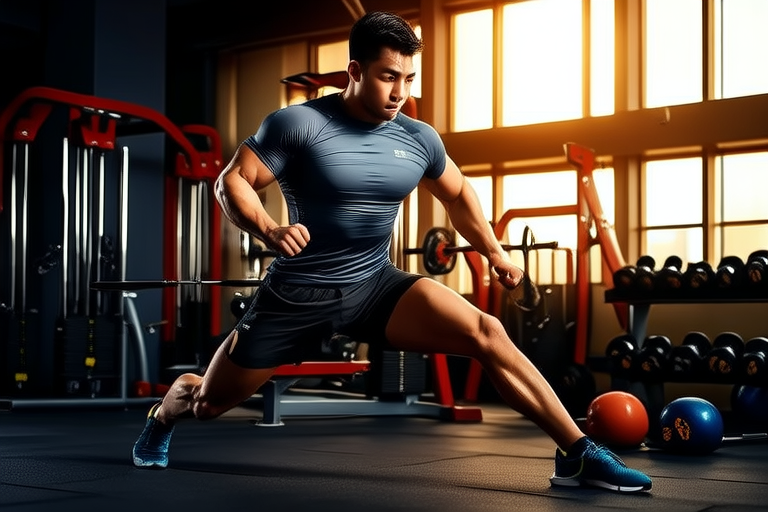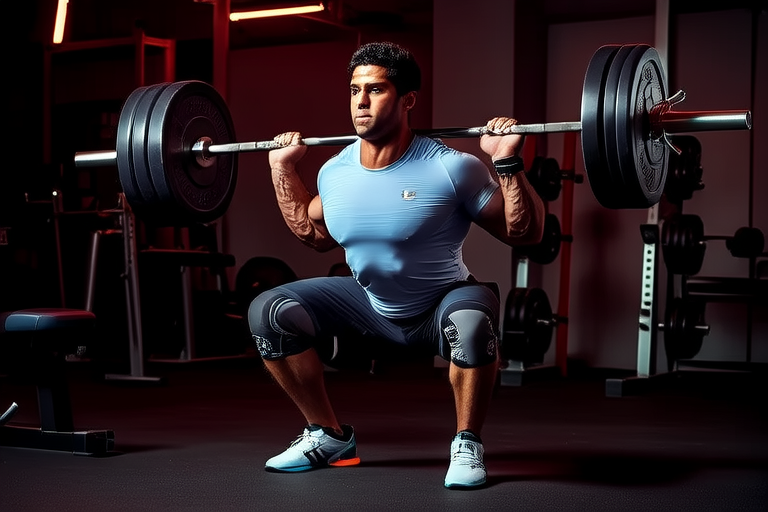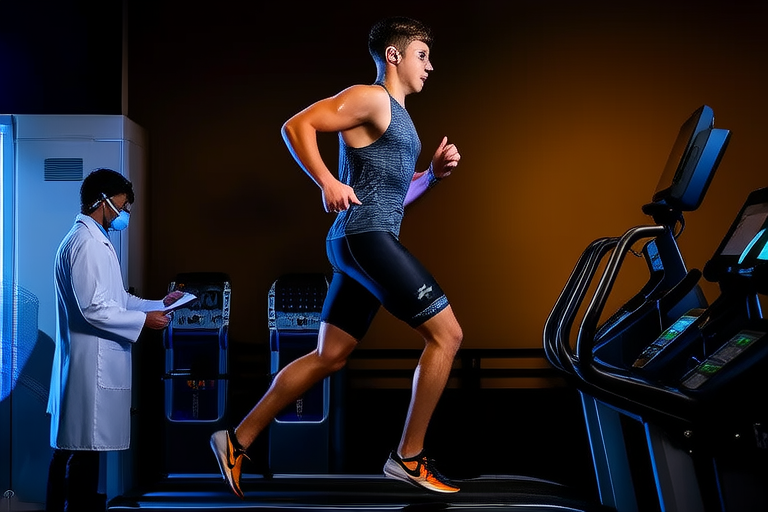Introduction
Sports science is an interdisciplinary field that applies scientific principles to enhance athletic performance. By understanding the physiological, psychological, and biomechanical factors that influence sports, athletes can optimize their training, nutrition, and recovery routines. This article delves into key aspects of sports science including nutrition, training techniques, recovery methods, mental strategies, and injury prevention. It also emphasizes the importance of a balanced approach and safety measures for long-term health and sustainability in sports.
Nutrition for Peak Performance
Proper nutrition is crucial for athletes to achieve peak performance. A well-balanced diet provides the necessary energy, nutrients, and hydration to fuel workouts and support recovery. Carbohydrates are the primary source of energy for high-intensity activities, while proteins help repair and build muscle tissue. Fats provide long-lasting energy and support hormone production. Vitamins and minerals play vital roles in various bodily functions, such as immune system function, bone health, and red blood cell formation. Hydration is also critical for maintaining optimal body temperature, lubricating joints, and transporting nutrients.
Before engaging in rigorous training, it’s important to consume easily digestible carbohydrates to top off glycogen stores. During exercise, especially during endurance events, maintaining carbohydrate intake helps sustain energy levels. Post-exercise, a combination of carbohydrates and proteins aids in glycogen replenishment and muscle repair. Athletes should consult with a sports dietitian to tailor their nutrition plan based on their specific needs, goals, and dietary preferences. They should also be mindful of potential allergens, intolerances, and the ethical considerations surrounding their food choices.
Effective Training Techniques
To maximize performance, athletes must incorporate a variety of training techniques tailored to their sport and individual needs. Strength training builds muscle mass and improves power output, while cardiovascular exercises enhance endurance and stamina. Plyometric drills improve explosive power and agility, and flexibility training reduces the risk of injury by increasing range of motion. Additionally, interval training, where periods of high-intensity effort alternate with low-intensity recovery, has been shown to improve both aerobic and anaerobic fitness.
Periodization is another effective training strategy that involves structuring workouts to progressively increase intensity and volume over time. This method allows athletes to peak at specific times, such as competitions or championships. Incorporating rest days and active recovery sessions into the training schedule is also essential for preventing overtraining and promoting adaptation. Athletes should regularly assess their progress and adjust their training plans accordingly, ensuring they remain challenged but not overwhelmed. It’s important to remember that proper form and technique are paramount to prevent injuries and ensure effectiveness of each exercise.
Recovery Strategies
Adequate recovery is just as important as intense training in achieving optimal performance. Sleep is one of the most critical components of recovery, allowing the body to repair tissues, consolidate memories, and regulate hormones. Athletes should aim for seven to nine hours of sleep per night, creating a conducive sleep environment and establishing a consistent bedtime routine. Active recovery, such as light jogging, yoga, or stretching, promotes circulation and helps remove waste products from muscles. Compression garments and cold-water immersion have also been shown to reduce inflammation and accelerate recovery.
Massage therapy and foam rolling can alleviate muscle soreness and improve flexibility. Proper nutrition, hydration, and supplementation play significant roles in supporting recovery. Omega-3 fatty acids, antioxidants, and branched-chain amino acids (BCAAs) are beneficial for reducing inflammation and promoting muscle repair. Athletes should prioritize rest and recovery to avoid burnout and maintain long-term health. They should also listen to their bodies, recognizing signs of fatigue and adjusting their training schedules accordingly.
Mental Toughness
Mental resilience is a vital component of athletic success, enabling athletes to perform under pressure and overcome challenges. Visualization techniques involve mentally rehearsing performance scenarios, helping athletes develop confidence and focus. Positive self-talk reinforces a growth mindset, encouraging athletes to view setbacks as opportunities for improvement. Goal-setting practices provide direction and motivation, breaking down larger objectives into manageable steps. Mindfulness meditation cultivates present-moment awareness, reducing anxiety and enhancing concentration. Breathing exercises and relaxation techniques can lower stress levels and promote calmness before competition.
Coaches and teammates can also play a supportive role in fostering mental toughness. They can provide constructive feedback, encourage open communication, and create a positive team culture. Athletes should seek professional guidance from sports psychologists if needed, addressing issues such as performance anxiety or burnout. By cultivating mental strength, athletes can enhance their overall performance and enjoy a more fulfilling sporting experience.
Injury Prevention
Preventing injuries is crucial for maintaining long-term health and sustainability in sports. Warming up before physical activity increases blood flow to muscles, lubricates joints, and prepares the body for exertion. Stretching exercises improve flexibility and range of motion, reducing the likelihood of strains and sprains. Strengthening weak areas through targeted exercises enhances stability and balance, protecting vulnerable joints. Gradual progression in training intensity and volume allows the body to adapt to increased demands without overwhelming it.
Using appropriate equipment and protective gear is essential for safeguarding against injuries. Proper footwear, helmets, pads, and mouthguards can mitigate risks associated with falls, collisions, and impacts. Maintaining good posture and practicing correct movement patterns during training and competition further decreases the chance of musculoskeletal injuries. Regular medical check-ups and screenings enable early detection and management of potential health issues. Athletes should report any symptoms or discomfort promptly to healthcare professionals for evaluation and treatment.
Conclusion
By integrating insights from sports science into their routines, athletes can significantly enhance their performance while prioritizing long-term health and sustainability. A balanced approach that encompasses nutrition, training techniques, recovery strategies, mental toughness, and injury prevention is key to achieving peak performance. Athletes should take essential precautions, such as consulting with experts, listening to their bodies, and making adjustments when necessary. With dedication, discipline, and a holistic perspective, athletes can thrive in their respective sports, enjoying both short-term successes and long-term wellbeing.










